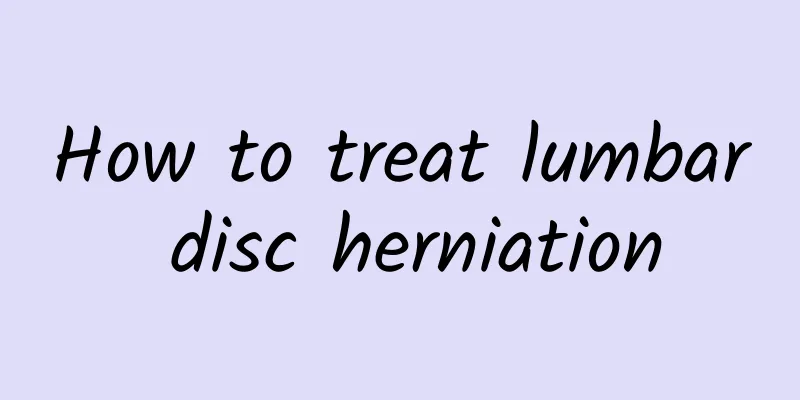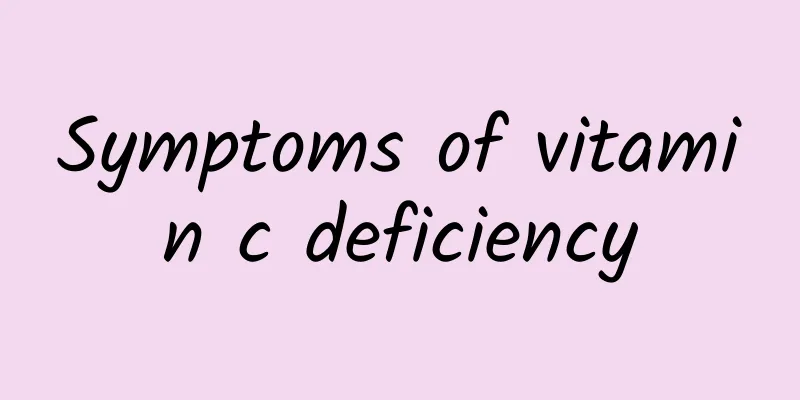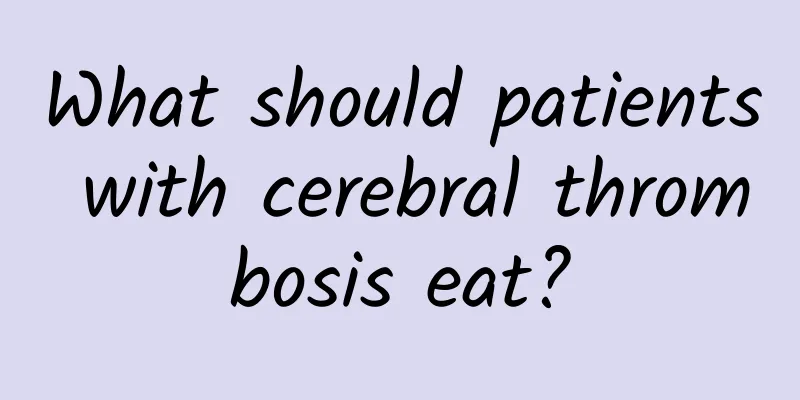How to treat lumbar disc herniation

|
Lumbar disc herniation is not unfamiliar to many people, and it is also very common in clinical practice. The main symptom of lumbar disc herniation is lower back pain. As for how to treat lumbar disc herniation, targeted treatments such as physical therapy or drug therapy can generally be used. 1. Shortwave and ultrashort wave therapy: In the early stage of the disease, in order to improve the blood circulation of the affected area, eliminate possible inflammatory reactions such as exudation and edema, and relieve the pain caused by compression or stimulation of the nerve roots, shortwave and ultrashort wave electrotherapy are generally used. During treatment, the two electrodes can be placed opposite each other in the lumbar sacral region or in parallel in the lumbar sacral region and the back of the affected leg. Warm temperature, once a day, 20-40 minutes each time. One course of treatment is 15-20 times. 2. Intermittent electrotherapy: You can use a small circular electrode to treat the lumbar sacral area and along the sciatic meridian point by point, with dense waves for 2-5 minutes; sparse waves for 5 minutes; and intermittent rising waves for 5 minutes. 1-2 times a day, 15-20 times as a course of treatment. 3. Super-stimulation current therapy: Two electrodes of 8-12 square centimeters can be used, one placed horizontally on the sacrum and the other placed vertically on the waist. After turning on the power, adjust the power to 8-12 mA as soon as possible. After the strong sense of electricity disappears, increase the power to 18-23 mA within 2-7 minutes. Each treatment lasts 15 minutes. Once a day or every other day. If effective, continue treatment up to 6-12 times. 4. Improve the relationship between the protrusion and the nerves: For patients with mild or early lumbar disc herniation, the intervertebral space can be gradually distracted, which is conducive to the reduction of the protrusion. For patients with relatively long course of illness, traction can pull apart adhesion tissues and contracted ligaments and joint capsules to widen the spinal canal space accordingly. The narrow intervertebral foramina on both sides can also be pulled apart at the same time, thereby relieving or eliminating compression and stimulation of the nerve roots, and has a good effect in relieving numbness and pain in the lower limbs. |
<<: What is the treatment for renal arteriosclerosis?
>>: What causes numbness in the feet due to lumbar disc herniation?
Recommend
Tips to quickly relieve chest tightness, emotional regulation should be done well
I don’t know if you have ever had this experience...
What to do if the glass is dripped by welding
Normally, when using electric welding, if there a...
What is the reason for panic and trembling when hungry?
Most people in modern society are under great pre...
Will adding banana to Coke have a counterproductive effect?
Bananas are a popular fruit and can be bought in ...
Prostate Causes
The disease that men are prone to is prostate pro...
Will my eczema get better and cause my skin to peel off?
Eczema often causes blisters, erosion, exudation ...
How to take Chinese medicine twice a day
Choosing the right time to take Chinese medicine ...
Growth hormone deficiency
Growth hormone is mainly a type of hormone secret...
How to treat pelvic effusion after abortion
The pelvis is an important reproductive organ for...
Is it true that hot eggs can remove moisture?
Hot eggs do have certain benefits. For example, e...
Symptoms of patients with periodontal disease
Periodontal disease is a relatively common oral d...
Can women still get pregnant during menstruation?
We always encounter many problems in life, so we ...
What are the effects of Niu Dalihua
Niudali is also called pig's trotter hat, mou...
What to do if my face becomes swollen due to allergic reaction to hair dye
In order to make their hair look better, many peo...
What are the effects and functions of reed root
Reed root is a plant and has certain medicinal va...









